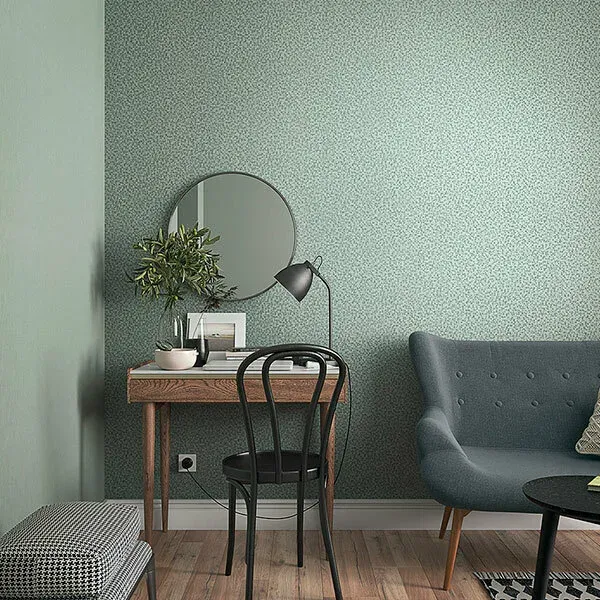flooring accessories and trims
The Importance of Flooring Accessories and Trims in Interior Design
Flooring is one of the most critical components of any interior space. It has the power to transform an ordinary room into a stunning area that complements your design vision. However, many homeowners and designers often overlook the significance of flooring accessories and trims. These elements may seem minor, but they play a crucial role in achieving a polished, cohesive look in flooring installations. In this article, we will delve into the various types of flooring accessories and trims and their importance in enhancing both functionality and aesthetics.
What Are Flooring Accessories and Trims?
Flooring accessories refer to various supplementary products used in flooring installations to improve appearance, functionality, and durability. They include items like underlays, moisture barriers, and transition strips. Trims, on the other hand, are the finishing touches that outline and highlight the edges of flooring pieces, such as baseboards, quarter rounds, and shoe moldings. Together, these components create a smooth transition between different flooring types and contribute to a professional-looking installation.
Types of Flooring Accessories and Their Functions
1. Underlays An underlay is installed beneath the flooring material and serves multiple purposes. It provides cushioning underfoot, reducing noise and adding comfort. Additionally, it can help level out minor imperfections in the subfloor, prolonging the life of your flooring.
2. Transition Strips These accessories are vital when two different types of flooring meet. Transition strips create a seamless progression from one flooring type to another, ensuring safety by minimizing tripping hazards. They also protect the edges of your flooring materials from damage and wear.
3. Moisture Barriers In areas prone to moisture, such as basements or bathrooms, moisture barriers are essential. They act as a shield against dampness, preventing mold and mildew growth while enhancing the longevity of your flooring.
The Role of Trims in Interior Design
flooring accessories and trims

Trims are indispensable for achieving a finished look in any room. Each type of trim serves a distinct purpose
1. Baseboards Baseboards run along the bottom of walls, covering the gap between the wall and the floor. They conceal any unfinished edges and help protect the walls from damage. Baseboards also enhance the aesthetic appeal of a room, providing a visual anchor that ties together the flooring and walls.
2. Quarter Rounds Quarter rounds are small, curved trims that are often used in conjunction with baseboards. They soften the transition between the flooring and baseboards, offering a seamless appearance that elevates the overall design.
3. Shoe Moldings Shoe moldings are similar to quarter rounds but typically have a slightly different profile. They can add a decorative touch while effectively covering any gaps between flooring and walls, ensuring a clean and polished appearance.
Enhancing the Aesthetic Appeal
Beyond their functional roles, flooring accessories and trims are also essential for enhancing the aesthetic appeal of a space. They come in various materials, finishes, and styles, allowing homeowners and designers to match them with their décor. Whether you prefer sleek modern lines or ornate traditional designs, the right flooring accessories and trims can elevate your interior design.
Conclusion
In conclusion, while flooring might be the foundation of your home’s aesthetic, it is the accessories and trims that truly complete the look. By incorporating underlays, transition strips, baseboards, quarter rounds, and shoe moldings, you can achieve a professional finish that enhances both functionality and beauty. These often-overlooked elements can make a significant difference in the overall appearance of your space, transforming it from ordinary to extraordinary. So, the next time you embark on a flooring project, remember to pay attention to the accessories and trims; they are key components in crafting a beautifully finished interior.
-
SPC FlooringJun.24,2025
-
Bathroom Wall CoveringsJun.24,2025
-
Why Dry Back LVT Flooring Is the Smart Choice for Modern InteriorsJun.05,2025
-
Transform Your Interiors with Elegant Luxury Vinyl Flooring OptionsJun.05,2025
-
The Rise of SPC Vinyl Flooring: A Modern Solution for Durable and Stylish SpacesJun.05,2025
-
Click LVT Flooring: The Perfect Blend of Style, Strength, and SimplicityJun.05,2025




